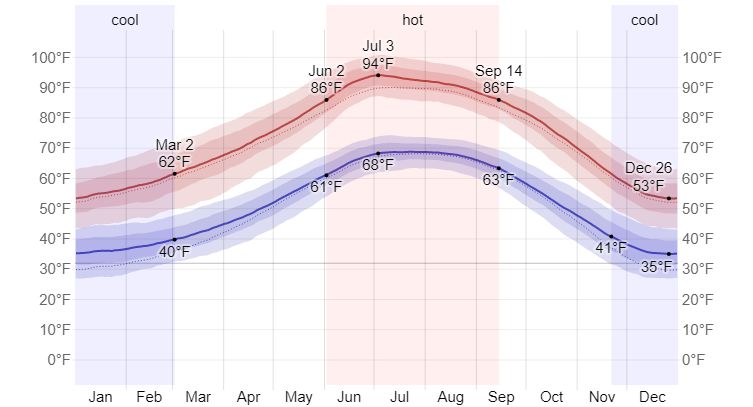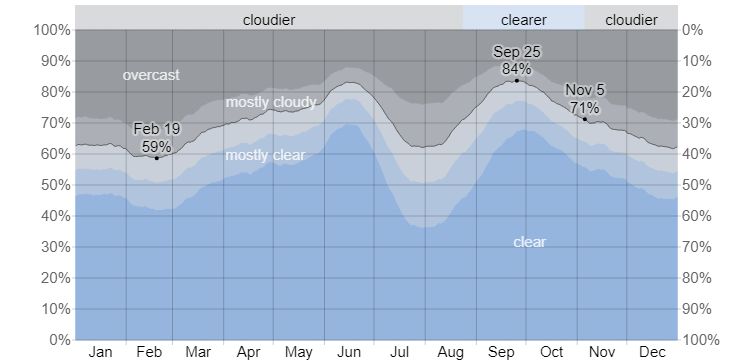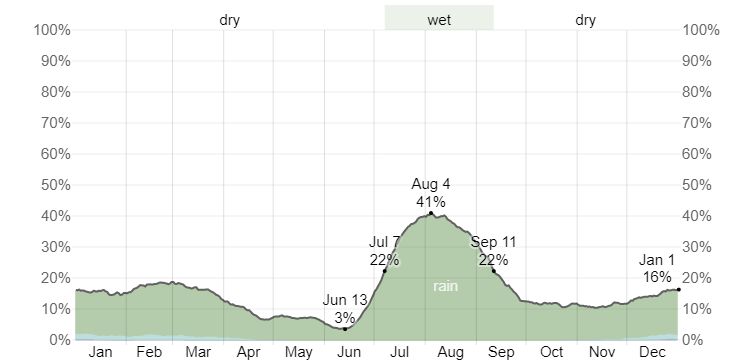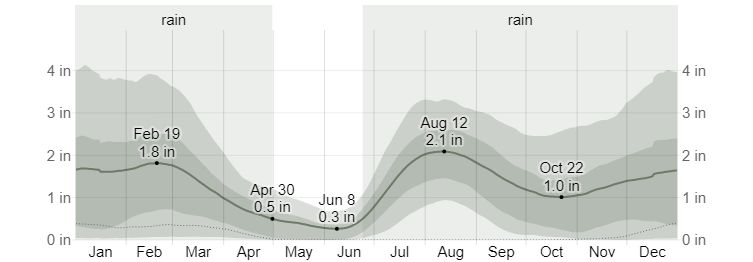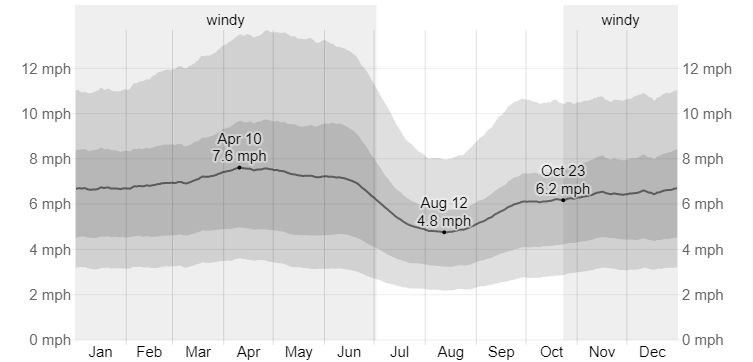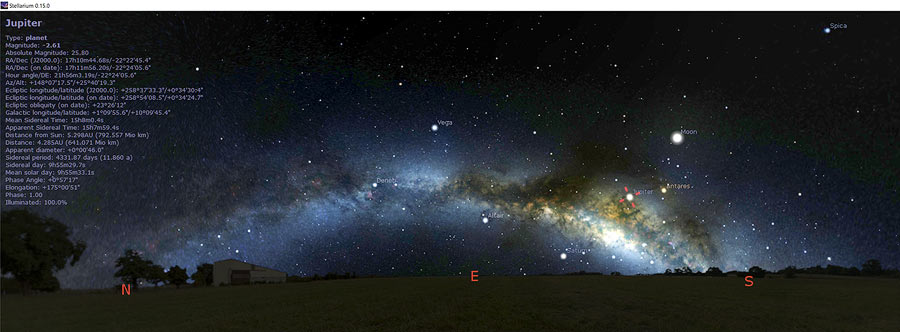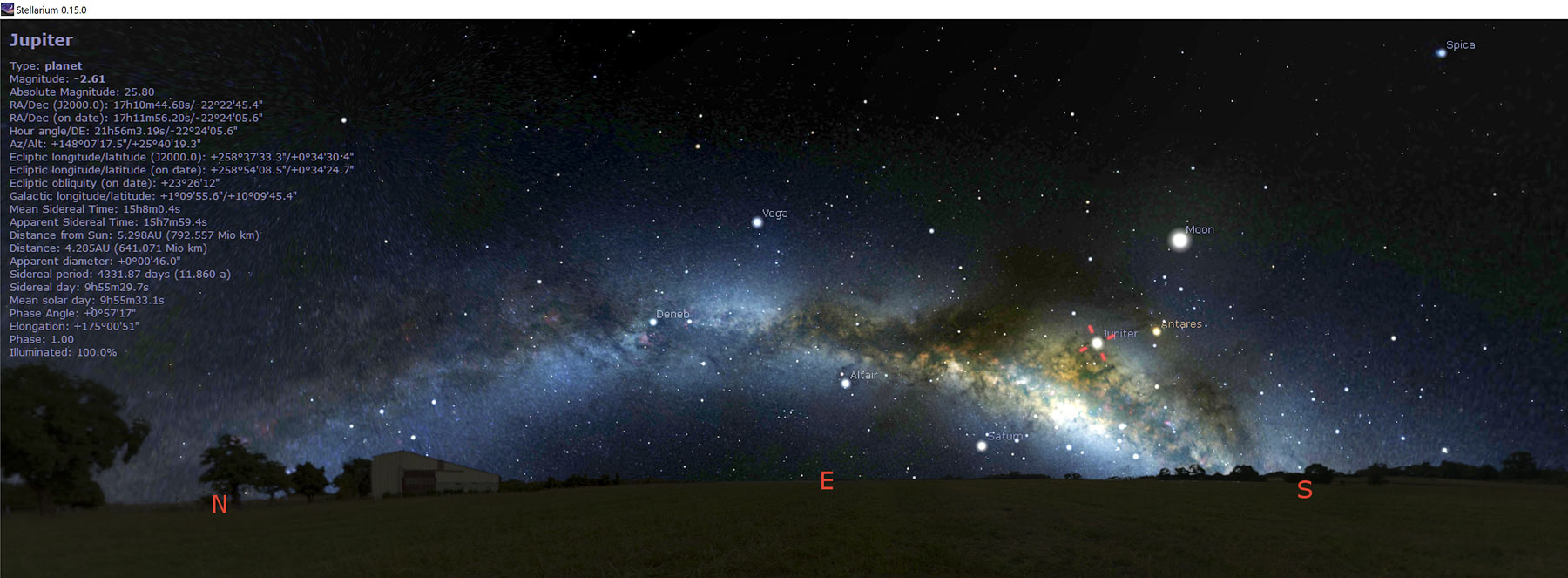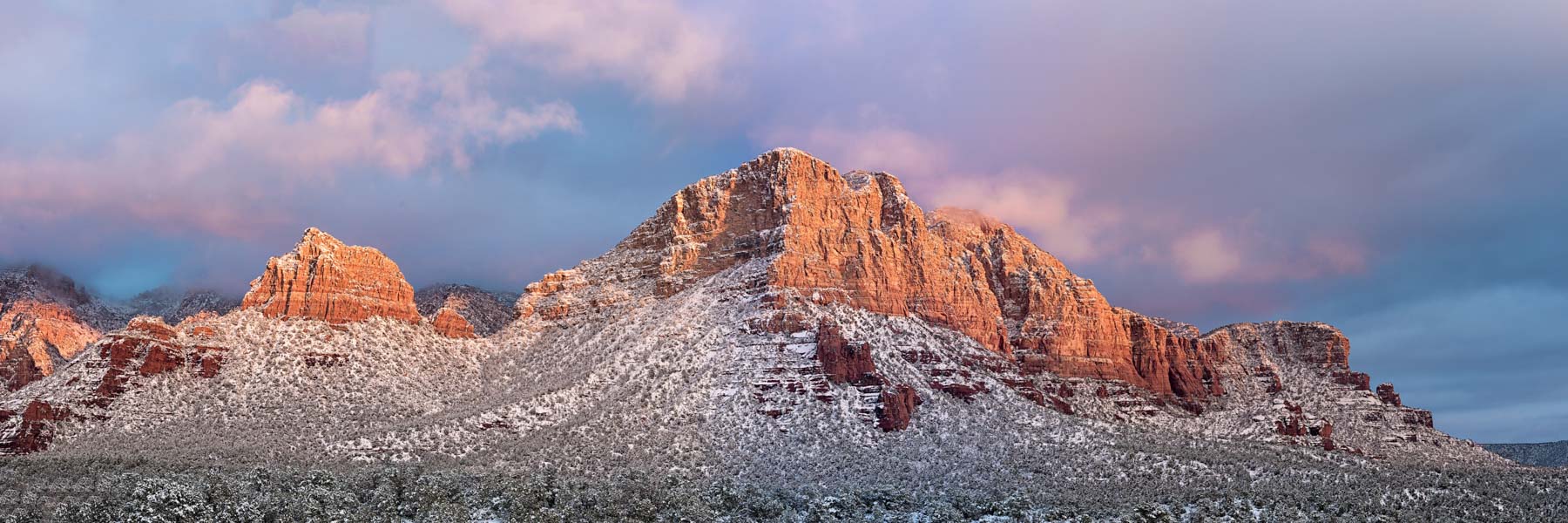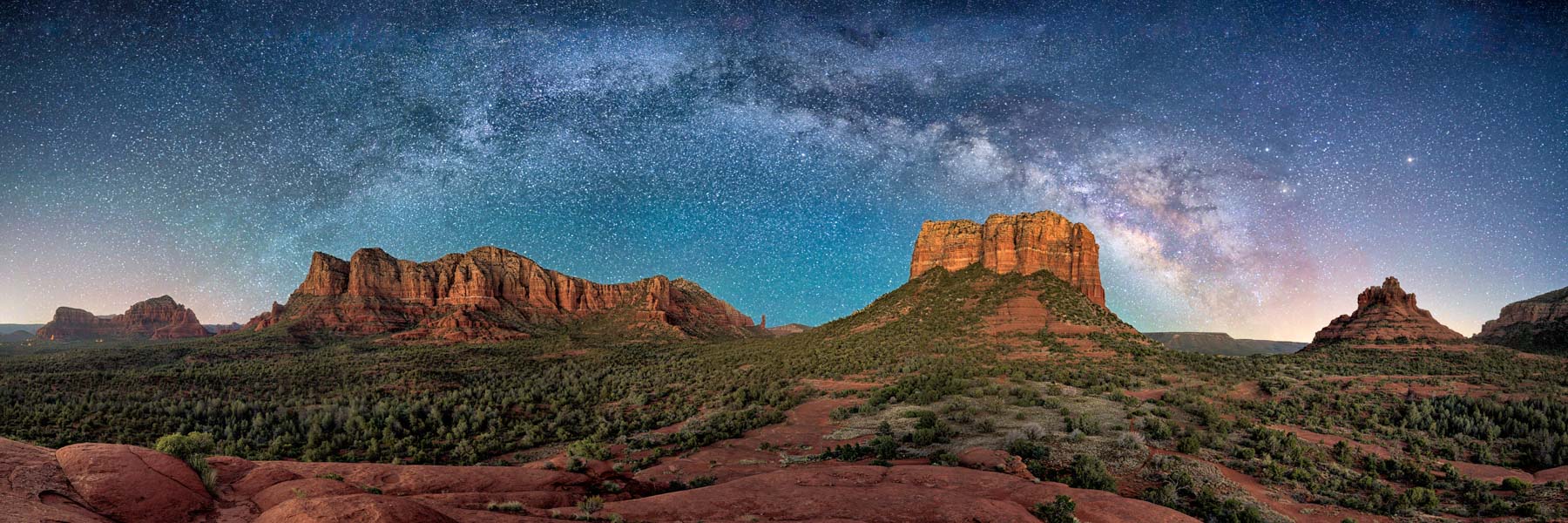Weather Forecasts and History
To the right you can find the current weather and forecast for Sedona from willyweather.com
Many websites provide 4- to 14-day forecasts for Sedona. The forecasts are based on a variety of different weather models. Numerical weather prediction models, like the Global Forecast System (GFS) and European Centre for Medium-Range Weather Forecasts (ECMWF), divide the atmosphere into a grid system and use algorithms to calculate how variables such as temperature, humidity, wind speed, and pressure will evolve over time. Additionally, ensemble forecasting, employing multiple model runs with slight variations in initial conditions, helps estimate forecast uncertainty and improve reliability.
I recently started to use Windy.com (linked below) to check the weather forecast. Windy provides hourly forecasts at any point on the earth. In North America it shows forecasts for six different models. The models are ECMWF, GFS, ICON, METEOBLUE, NAME, and HRRR. I typically use the ECMWF model. The ECMWF (European Centre for Medium-Range Weather Forecasts) model is widely considered the best for precipitation and cloudiness. ECMWF updates twice daily, usually around 5 AM Arizona time and 5 PM. When the weather looks dicey, I also use the comparison feature in Windy. Click the Compare button in the bottom middle on windy.com to see a comparison of the six forecasts.
- Forecast - Windy.com
- Forecast - Accuweather - Sedona, AZ
- Forecast - National Weather Service Point Forecast
- Forecast - Weather.com (The Weather Channel) - -Sedona, AZ
- History - Weather Underground - Sedona, AZ
Climate Data
The following graphs are from weatherspark.com.
When to Go
December - February
Winter gets the fewest visitors to Sedona and hotel rates are at their lowest. Average highs are in the mid 50s, and nights are often below freezing. Good hiking months! The months of January through March also get the most rain of the year (still low), a bit over two inches per month. Snow is rare and typically falls only at night when temperatures are below freezing. It melts quickly the next day. We recently had an seven inch snowfall, probably the largest in the last fifteen years. As soon as the sun came out the next day we went out shooting and got many great images with the white snow contrasting marvelously against the red rock. By the second day all of the snow on the red rock cliffs was gone except for the northern exposures. Northern exposures do not get good light and are generally poor subjects. Note that Schnebly Hill Road (unpaved part), and Rachel's Knoll are closed when it snows. And remember when shooting snow that you'll need to increase the exposure by one stop. Alternatively you can expose to the right.
The Sedona film festival is normally held the last week of February and the first week of March and does attract crowds.
March - June
This is the period of heaviest visitation since temperatures are mild and wildflowers are out. March is rainy, but April to June are the driest months of the year. They can be the windiest also. Wildflowers and some cactus will be in bloom starting in April. Beginning in late May the No See-Ums (biting gnats) are out for a few weeks. Deet and Avon Skin So Soft are supposedly effective repellents. There are few mosquitoes in Sedona.
June is the driest month of the year and a great month in which to shoot the Milky Way as it stretches across the sky. In mid June it extends over 210 degrees and will be centered roughly to the east. You'll need a pano head to effectively capture the whole arc. I use PTGUI to stitch panoramas. PTGUI actually uses the stars as control points when stitching. Since exposures are relatively long (30 seconds or so) you'll find blurring in the foreground, but the stars will still be sharp.
A great free way to plan shots of the Milky Way is to use Stellarium. After opening Stellarium navigate to your viewing location and change the Sky and Viewing Options (function key F4 brings them up). Uncheck atmosphere, and increase the Milky Way brightness to 5. Here's a sample screen capture for June 16 around 10PM as viewed from the Bell Rock Parking lot :
July - August
Summer is the time when Phoenix valley residents go north to escape the heat so Sedona can be busy in the summer despite the high temperatures. If you plan to hike in the summer do so early in the day, and wear closed toe shoes (snakes are out in the summer). Most summer days get afternoon cloud cover, and thunderstorms are common.
The Sedona Photo Symposium is held every year in late August. Late August is also when most of Sedona's art and music festivals take place.
September - November
Excellent months for visiting, with mild temperatures and low winds. The best location for fall color is the West Fork of Oak creek, with the willows, box elders, and ash trees changing color starting in the second week of October and roughly ending the first week of November. Red Rock crossing is also excellent in early November with its views of Cathedral Rock. Cottonwoods change color throughout November and there is still some color remaining in early December.
